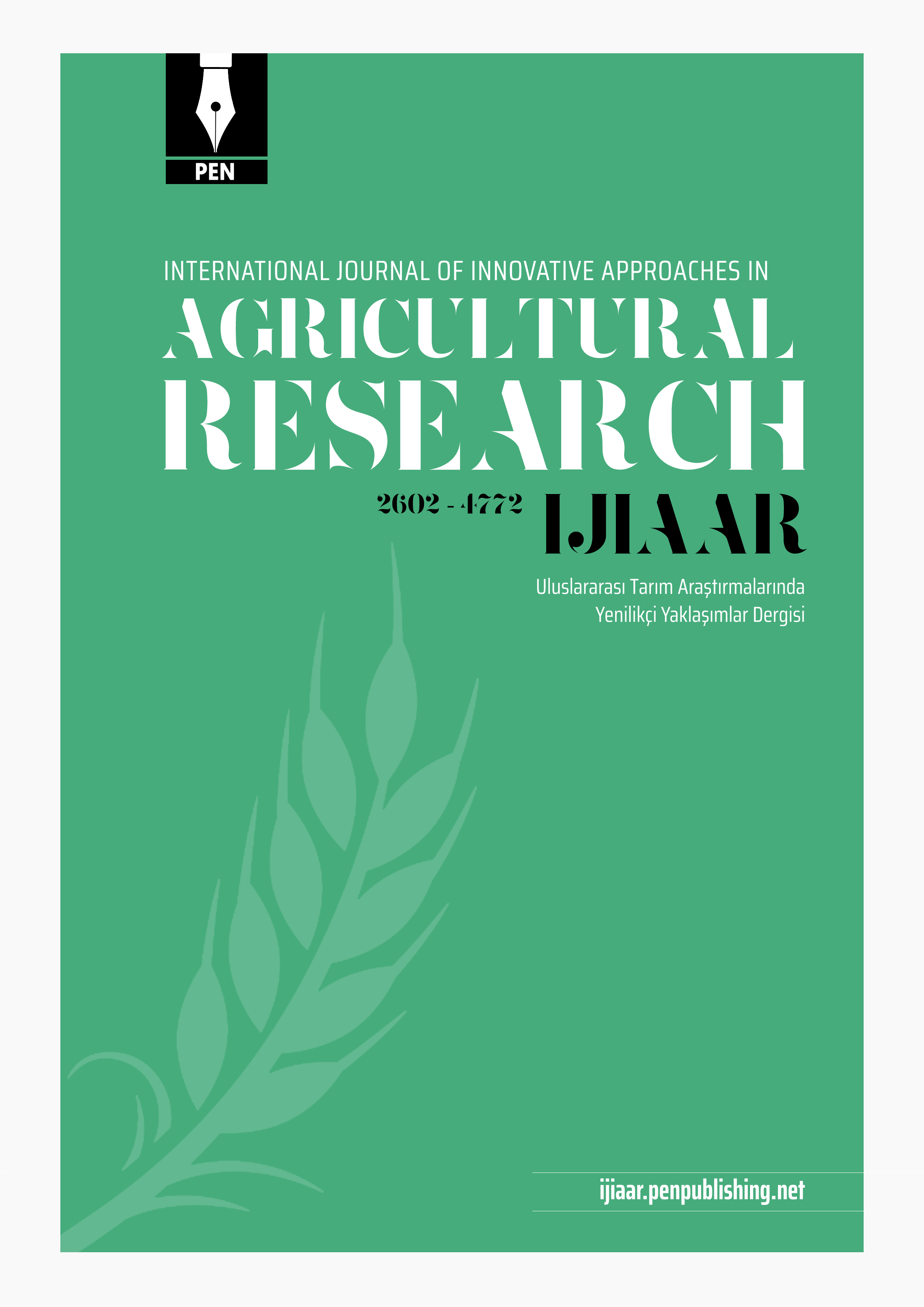
Uluslararası Tarım Araştırmalarında Yenilikçi Yaklaşımlar Dergisi
Yazarlar: Dorra Salhi, Sarra Jrıbı, Sonia Boudiche, Souraya Kaabia , Hajer Debbabi
Konular:-
DOI:10.29329/ijiaar.2019.194.8
Anahtar Kelimeler:Butter,Ow-fat,RSM,Quality
Özet: According the WHO, diets high in fat are linked to obesity and overweight, both which increase the likelihood and prospect of diabetes. Therefore the food industry has to review their formulations in relation to fat. The objective of the study was to develop and characterize a fat reduced butter. In order to manufacture product with desirable properties, formulation consisted on response surface methodology, based on 3 different factors such as percentages of emulsifier additive E471 (glyceryl monostearate, glyceryl distearate), xanthan gum (E415, thickening agent, stabiliser and emulsifier) and water, and 2 levels (-1,+1). For determination of optimum points, four responses were selected: percentages of fat, water, pH and hardness. Optimum formulas were validated by sensory tests. In the second part of this study, the effect of storage at 4°C during 20 days on physicochemical and sensory properties of the butter was assessed. Preliminary optimized formula of reduced-fat butter was obtained by emulsifier additive E471, xanthan gum E415 and water contents of 3, 0.1 and 40%, respectively. However, this fat reduction of 63% led to a weak sensory acceptance score. Additional formulation with butter aroma and coloring agent (E160a) has significantly improved consumers ‘acceptance. Quality characterization showed that fat reduction in butter formula has significantly induced an increase in water activity, pH, acidity, peroxide and iodine indexes, and a decrease in hardness, when compared to control butter. Moreover, storage of low fat butter at 6°C during 20 days induced a significant decrease in pH, and iodine index, whereas acidity and peroxide indexes increased significantly and in a higher extend, when compared to control butter. Microbial load increased after 16 days of storage. These variations related to higher water content led to a decrease in low-fat butter shelf life at 6°C. Our results showed that the production of low-fat butter can be industrially applicable and recommended to people who are interested in consumption of reduced- fat foods.